Understanding your kitchen floor type is essential for efficient cleaning. Different materials require unique care, from stone tiles to wood floors, vinyl, and linoleum. A consistent routine includes daily sweeping/vacuuming and weekly deep cleaning with appropriate solutions. Natural ingredients like vinegar, baking soda, and lemon juice are cost-effective cleaners. Regular maintenance, spot cleaning, and using pH-neutral products protect your kitchen floor's condition and longevity without high costs.
“Keep your kitchen floors looking pristine without breaking the bank! This comprehensive guide unveils affordable strategies for maintaining your kitchen’s floor types. From understanding diverse materials to mastering eco-friendly cleaning, we cover it all. Learn effective routines, choose budget-conscious products, and discover natural stain removal techniques. Optimize your kitchen floor care while saving money with our expert tips and simple solutions.”
Understanding Your Kitchen Floor Types
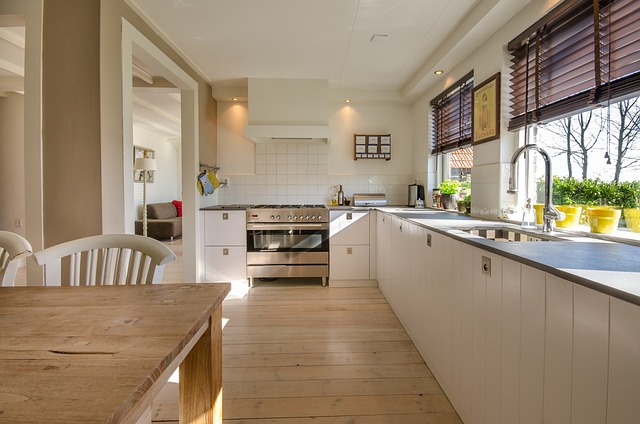
Understanding your kitchen floor type is crucial for effective and affordable kitchen floor care. Different materials, such as ceramic tile, vinyl, linoleum, or wood, require distinct cleaning approaches. For example, stone or ceramic tiles can be easily wiped down with a damp mop and mild detergent, while wood floors necessitate more specialised care to avoid water damage. Vinyl and linoleum, being water-resistant, are suitable for lighter cleaning routines.
Identifying your floor’s specific characteristics allows you to tailor your kitchen floor cleaning routine accordingly. Regular sweeping or vacuuming, coupled with appropriate cleaning solutions, can keep most kitchen floors in top condition. For instance, using a vinegar and water solution is an affordable and effective way to clean vinyl or linoleum floors. Wood floors might benefit from periodic refinishing or sealing to protect against moisture and dirt, while ceramic tiles can be treated with grout cleaners to eliminate stains.
Regular Cleaning Routines for Longevity
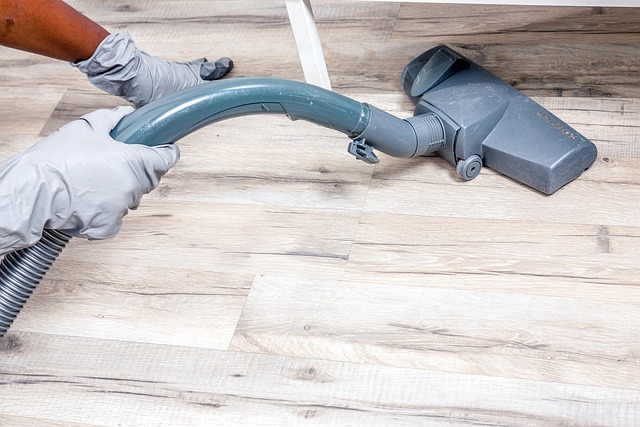
Maintaining a clean kitchen floor is essential for not only aesthetic reasons but also for prolonging its lifespan. Establishing a regular cleaning routine can significantly prevent wear and tear, ensuring your floor remains in top condition. Daily sweeping or vacuuming is a fundamental step to remove dirt, debris, and spills promptly, preventing them from becoming ingrained. This simple practice goes a long way in keeping your kitchen floor looking fresh.
In addition to daily maintenance, scheduling deep cleaning sessions weekly or bi-weekly is crucial. This involves mopping the floor with a suitable cleaner, paying extra attention to high-traffic areas and corners. Using the right cleaning products tailored for kitchen floors will ensure effective sanitization without causing damage. Regular care not only maintains the floor’s beauty but also protects it from costly repairs in the future.
Budget-Friendly Cleaning Products and Tools
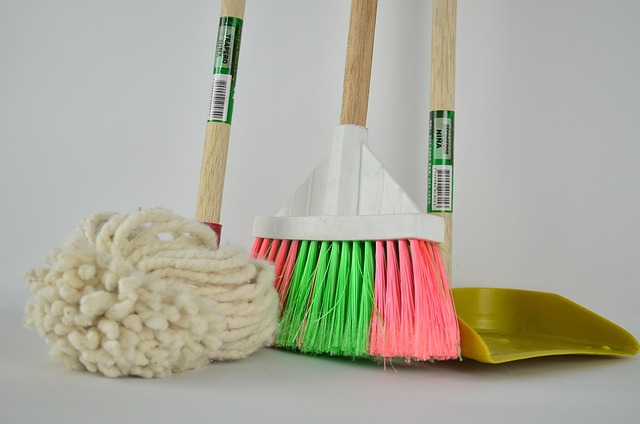
Keeping your kitchen floor clean doesn’t have to break the bank. There are numerous budget-friendly cleaning products and tools available that can effectively tackle everyday grime and stains. Start with basic ingredients like vinegar, baking soda, and lemon juice—all natural, affordable, and versatile cleansers. Vinegar, for instance, is excellent for removing tough grease and grime while leaving a fresh scent; baking soda acts as a gentle abrasive to scrub away stubborn marks; and lemon juice can be used to shine and refresh the floor’s finish.
Invest in simple tools like microfiber cloths, sponges, and squeegees to maximize your cleaning power without overspending. Microfiber cloths are highly effective at picking up dust and dirt, while sponges and squeegees can handle deeper cleaning. Additionally, consider using old toothbrushes for tackling tight spaces and hard-to-reach areas around fixtures and edges. These low-cost options combined with a little time and effort will keep your kitchen floor looking pristine without depleting your savings.
Natural and Eco-Friendly Cleaning Methods

Keeping your kitchen floor clean and sparkling doesn’t have to be expensive or harsh on the environment. Opting for natural, eco-friendly cleaning methods is an affordable and sustainable approach that benefits both your floors and the planet. Common kitchen cleaners often contain toxic chemicals that can leave behind harmful residues, but many simple, all-natural alternatives are just as effective.
Consider using white vinegar and baking soda as a powerful cleaning duo. This natural mixture cuts through grease, grime, and stains while leaving a fresh scent. For tough, baked-on messes, try creating a paste with baking soda and water, or even lemon juice for an extra citrusy freshness. These gentle yet effective methods are perfect for maintaining the health of your kitchen floor without breaking the bank or compromising on safety.
Effective Stain Removal Techniques
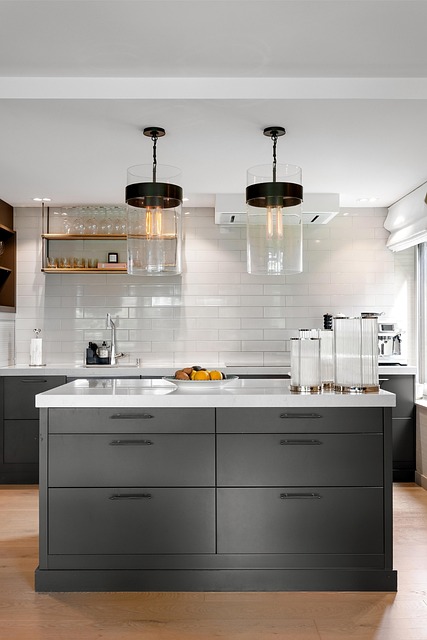
Keeping your kitchen floor clean and stain-free doesn’t have to break the bank. Effective stain removal starts with understanding common culprits like spilled food, grease, or grime buildup. For daily maintenance, mopping with a microfiber cloth dampened with warm water is a simple yet powerful tool to remove dirt and debris. This method is gentle on most kitchen floor materials, including tile, hardwood, or linoleum.
When dealing with tougher stains, creating a natural cleaning solution at home can be cost-effective and eco-friendly. For example, a mixture of baking soda and vinegar can cut through grease and grime, while lemon juice is excellent for removing tough water spots and stains. These homemade remedies are safe, non-toxic, and as effective as commercial cleaners, ensuring your kitchen floor cleaning routine remains affordable and hassle-free.
Polishing and Protecting Your Kitchen Floors
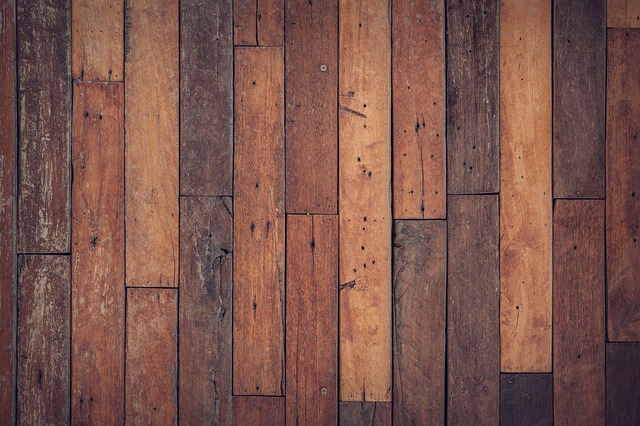
Keeping your kitchen floors polished and protected is an easy and affordable way to maintain a clean, inviting space. Regular kitchen floor cleaning is essential, especially considering the high traffic and potential for spills. A simple yet effective method is to sweep or vacuum daily to remove dirt and debris, followed by a thorough mopping with a mild detergent and warm water.
For added protection and a gleaming finish, consider using a floor polish or sealer designed specifically for kitchens. These products not only enhance the look of your floors but also create a protective barrier against stains and moisture. By polishing and sealing your kitchen floors, you can easily wipe up spills and maintain a pristine, long-lasting surface that will stand up to the demands of daily use.
Common Mistakes to Avoid

When it comes to kitchen floor care, many homeowners fall into common traps that can lead to unnecessary wear and tear on their surfaces. One of the biggest mistakes is using harsh chemicals or abrasive cleaning agents, especially on sealed or polished floors. These methods can damage the finish and even the underlying material, so opt for gentle, pH-neutral cleaners designed specifically for kitchen floors.
Another error to avoid is neglecting regular maintenance. Kitchen floors take a beating from spills, dirt, and moisture, so consistent cleaning with a damp mop or sponge will go a long way. Avoid soaking the floor, as this can lead to water damage and mold growth. Instead, focus on spot cleaning and quick responses to spills to keep your kitchen floor in top shape without breaking the bank.
Maintenance Tips for Optimal Results
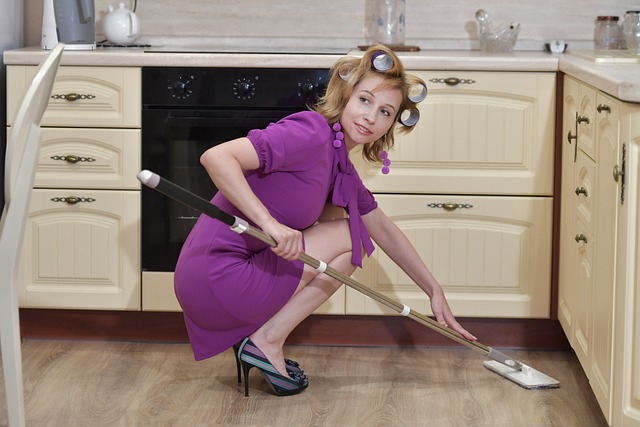
Maintaining your kitchen floor is essential for keeping it looking its best and ensuring long-lasting durability. Regular cleaning and care can prevent excessive wear and tear, making it easier to avoid costly repairs down the line. Start by sweeping or vacuuming your kitchen floor daily to remove loose dirt, food particles, and other debris. This simple step goes a long way in preventing stains and keeping your floor looking fresh.
For deeper cleaning, use a mild detergent and warm water to mop your kitchen floor once a week. Avoid harsh chemicals as they can damage the flooring material over time. Be mindful of the type of cleaner you choose, considering specific needs like vinyl, tile, or hardwood floors. Always test any cleaning solution in a small, inconspicuous area first to ensure compatibility with your floor’s finish. Regular maintenance and proper cleaning techniques will keep your kitchen floor looking pristine and extend its lifespan.
